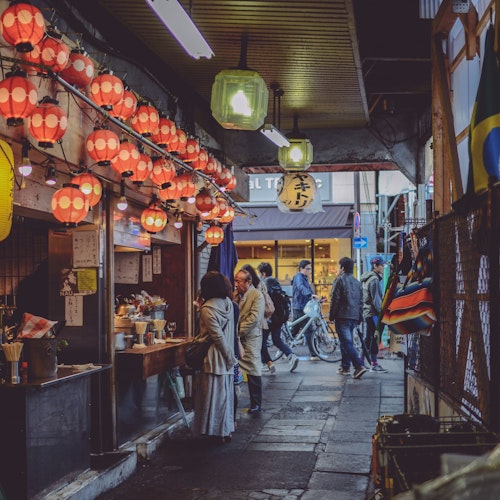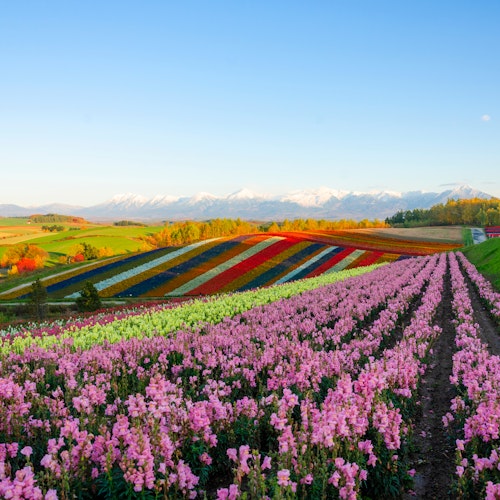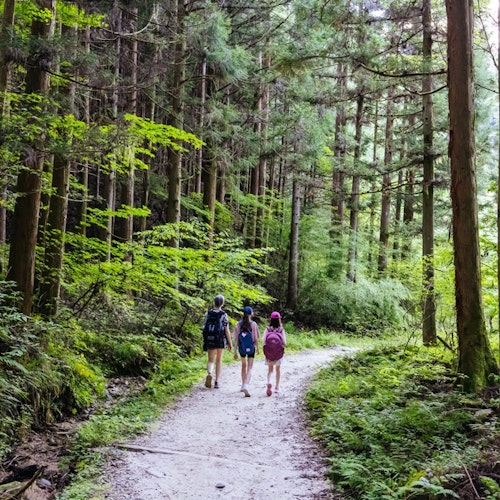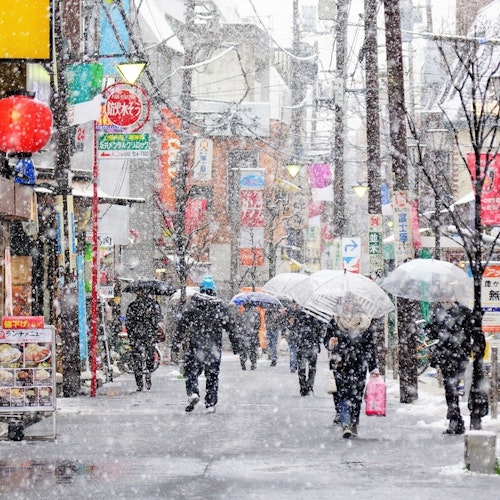
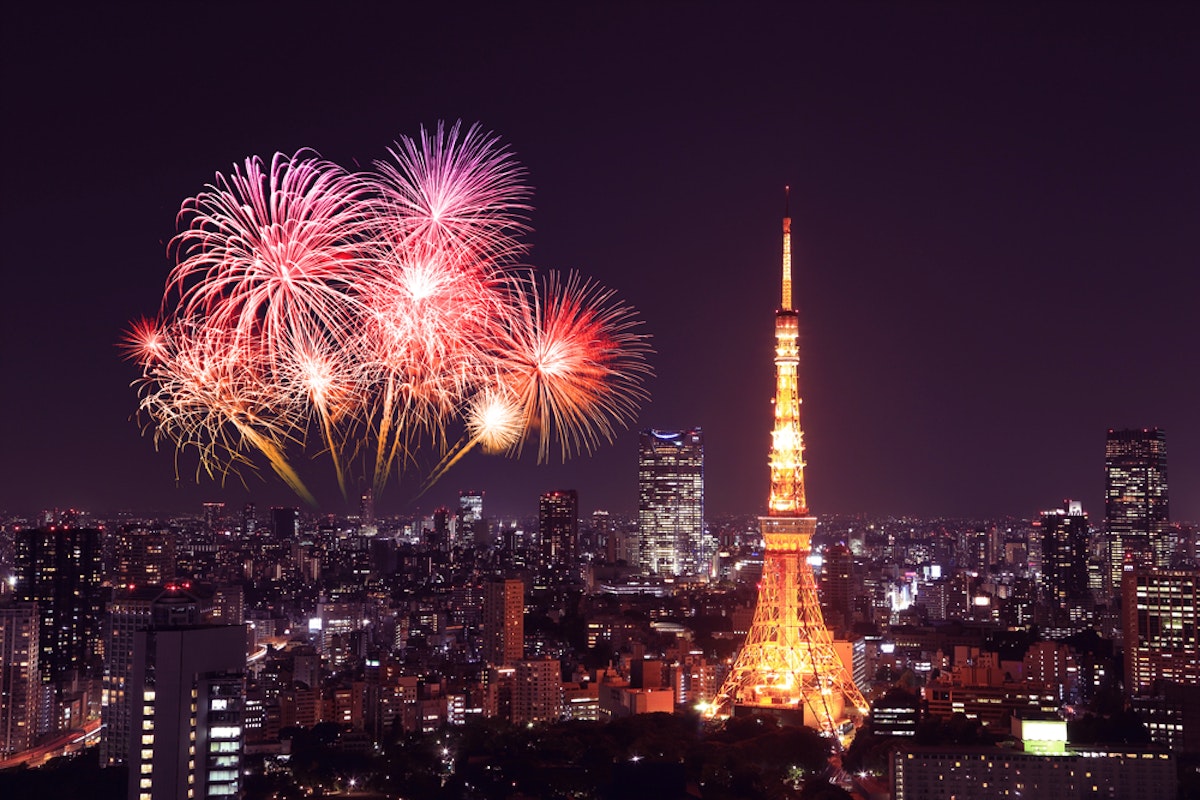
New Year's, or Oshogatsu, is one of the most significant holidays in Japan, steeped in centuries of tradition and cultural meaning. If you're considering a trip to Japan during this festive period, you're in for a unique experience that differs dramatically from Western New Year celebrations. This comprehensive guide will help you decide if a Japanese New Year holiday is right for you.
Unlike the loud, party-filled New Year's Eve celebrations common in Western countries, Japan's Oshogatsu is a deeply spiritual and family-oriented occasion. The celebrations blend ancient Shinto and Buddhist traditions with modern Japanese culture, creating an atmosphere that's both reverent and joyful.
The Japanese New Year period typically runs from December 31st through January 3rd, with many businesses and attractions closing during this time. This makes the experience fundamentally different from a typical Japan vacation, offering both unique opportunities and potential challenges.
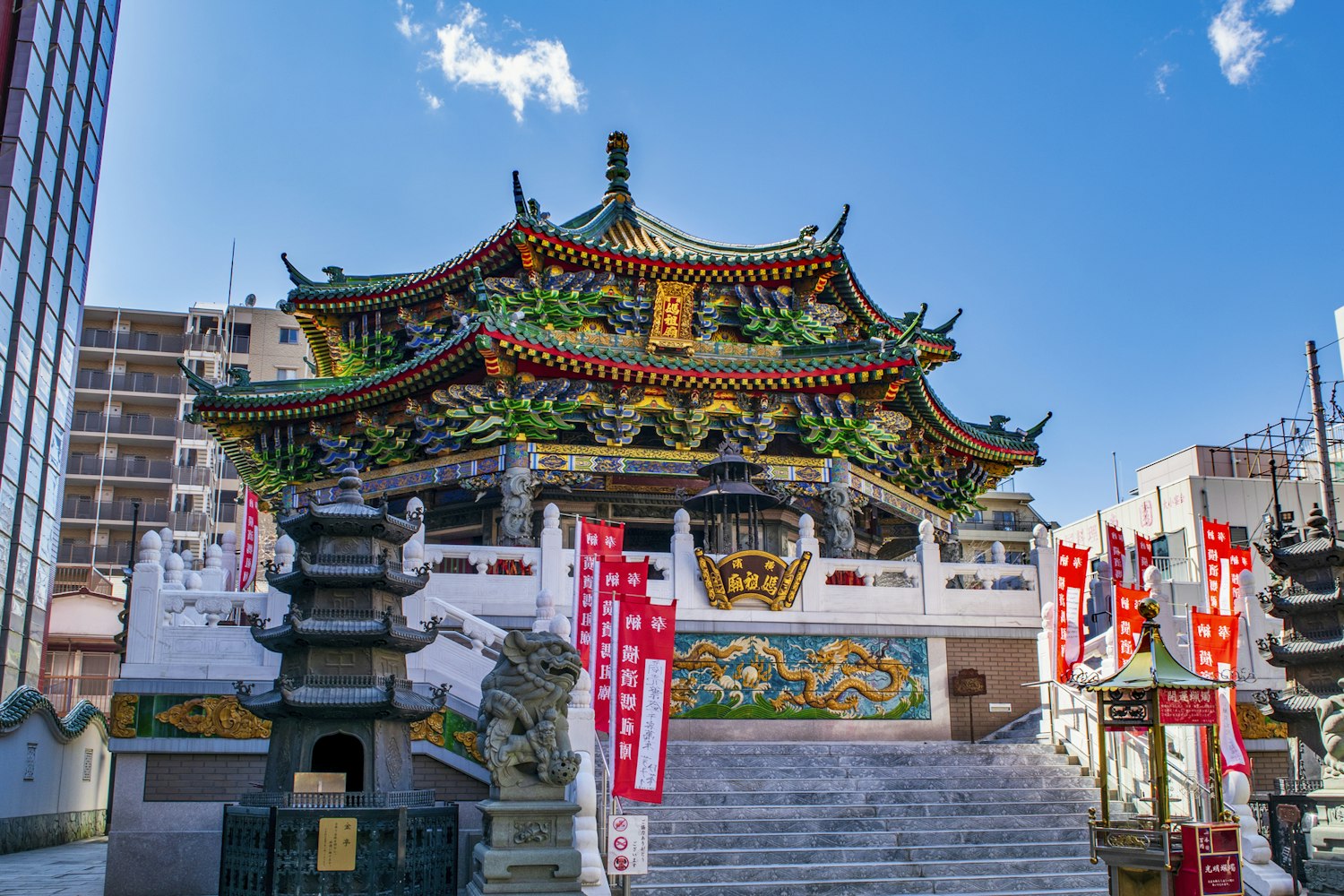
One of the most compelling reasons to visit Japan during New Year's is experiencing Hatsumode, the first shrine or temple visit of the new year. From December 31st through the first few days of January, millions of Japanese people flock to shrines and temples to pray for good fortune, health, and prosperity in the coming year.
Major shrines like Meiji Jingu in Tokyo, Fushimi Inari in Kyoto, and Sumiyoshi Taisha in Osaka attract massive crowds. While the crowds can be overwhelming, the atmosphere is electric with anticipation and reverence. You'll witness people purchasing omamori (protective amulets), drawing omikuji (fortune papers), and making offerings while clapping their hands in prayer. This collective spiritual energy is something you won't experience at any other time of year.

On December 31st, Buddhist temples across Japan ring their bells 108 times at midnight, a ritual called Joya no Kane. This tradition symbolizes the release of the 108 earthly desires that cause human suffering according to Buddhist belief. Witnessing or participating in this solemn ceremony provides a profound cultural experience that contrasts sharply with the typical countdown parties found elsewhere.
Many temples allow visitors to ring the bell themselves, creating a participatory experience that deepens your connection to Japanese spiritual traditions. The resonant sound of temple bells echoing through the winter night creates an unforgettable sensory memory.
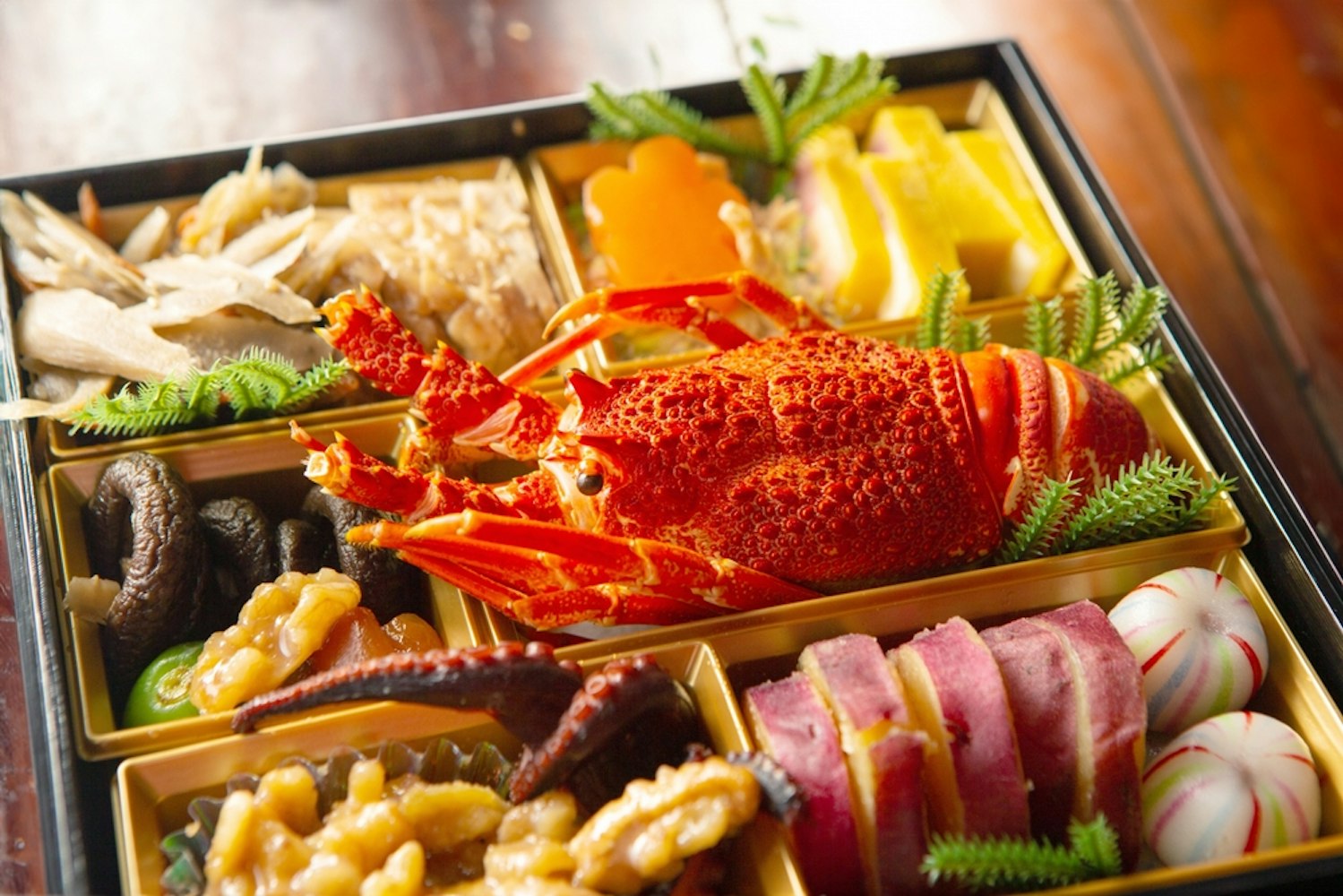
Food enthusiasts will find compelling reasons to visit Japan during New Year's. Osechi ryori, the traditional New Year meal, is an elaborate spread of carefully prepared dishes, each carrying symbolic meaning. These beautifully arranged foods are served in special lacquered boxes called jubako and represent wishes for health, prosperity, and happiness.
Traditional dishes include kazunoko (herring roe for fertility), kuromame (black soybeans for health), and datemaki (sweet rolled omelet for scholarship). Many high-end restaurants and department stores offer osechi boxes for purchase, allowing travelers to taste these seasonal specialties. Additionally, you'll find toshikoshi soba (year-crossing noodles) served on New Year's Eve, symbolizing longevity and the crossing from one year to the next.
However, it's important to note that many restaurants close from December 31st through January 3rd, which can present dining challenges for travelers. This is a significant consideration when planning your trip.
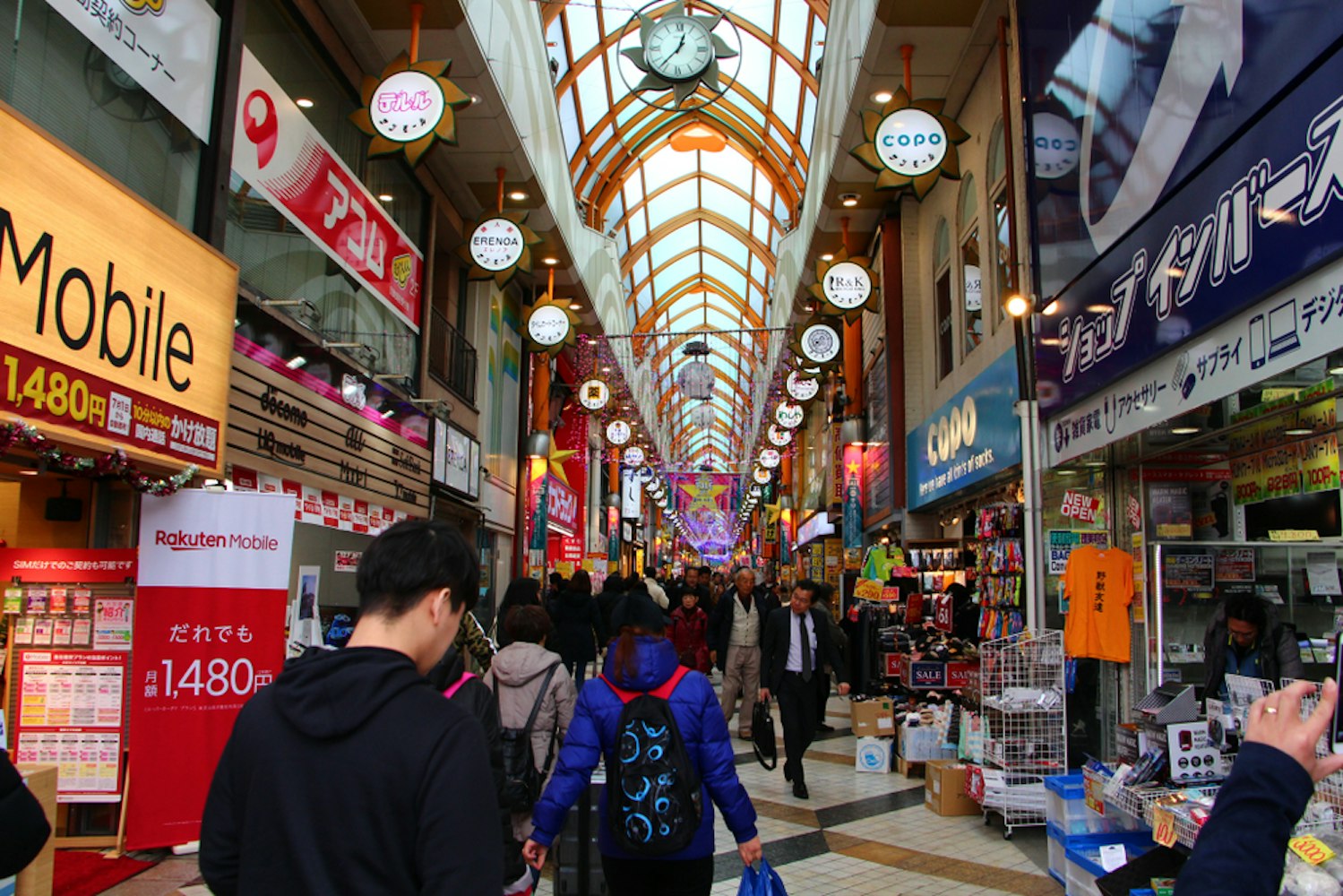
The most significant drawback to visiting Japan during New Year's is the widespread closure of businesses. From December 29th through January 3rd, many shops, restaurants, museums, and attractions shut down as Japanese families celebrate together. This can severely limit your sightseeing and dining options, particularly in smaller cities and residential areas.
Major tourist attractions in large cities typically remain open or have limited closures, but you should research specific venues in advance. Convenience stores like 7-Eleven and FamilyMart remain open and become lifesavers for travelers seeking meals during this period. Some international chain restaurants and hotels also continue operating, providing dining alternatives.
Be prepared for substantial crowds at popular destinations. Transportation hubs experience heavy congestion as millions of Japanese people travel to their hometowns or vacation destinations. Train stations, airports, and highways become extremely busy, particularly on December 28-30 and January 2-4.
Hotel prices spike during this peak season, often doubling or tripling their regular rates. If you decide to visit Japan during New Year's, book accommodations well in advance—ideally several months ahead—to secure reasonable rates and availability.
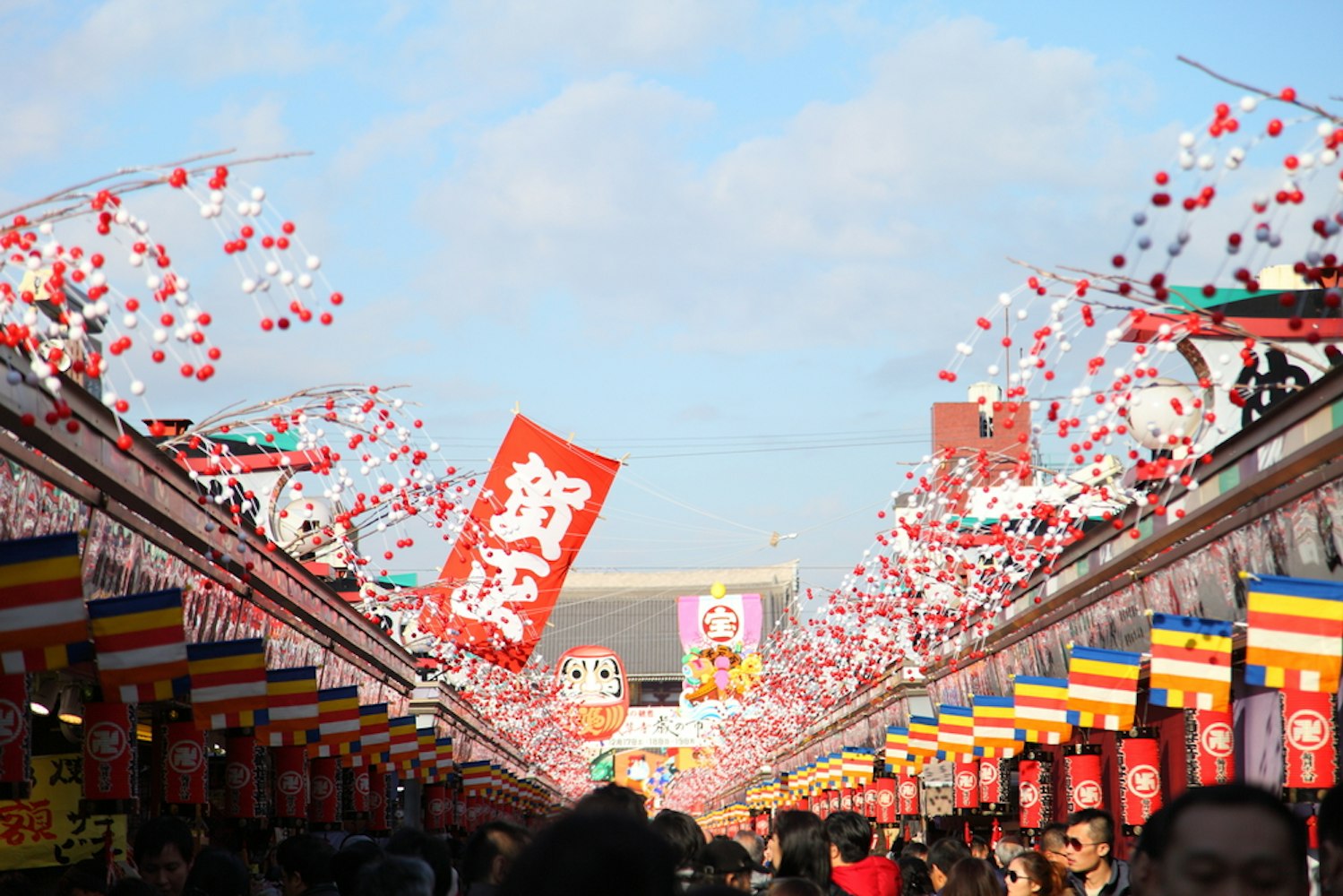
Tokyo offers diverse New Year's experiences. Shibuya and Shinjuku host energetic countdown events, while Senso-ji Temple in Asakusa provides a traditional atmosphere. The Imperial Palace opens its inner grounds on January 2nd, allowing visitors to see the Imperial Family's New Year greeting—a rare opportunity that attracts tens of thousands of well-wishers.
Tokyo Disneyland and DisneySea remain open with special New Year's programming, making them excellent options for families concerned about closures elsewhere.
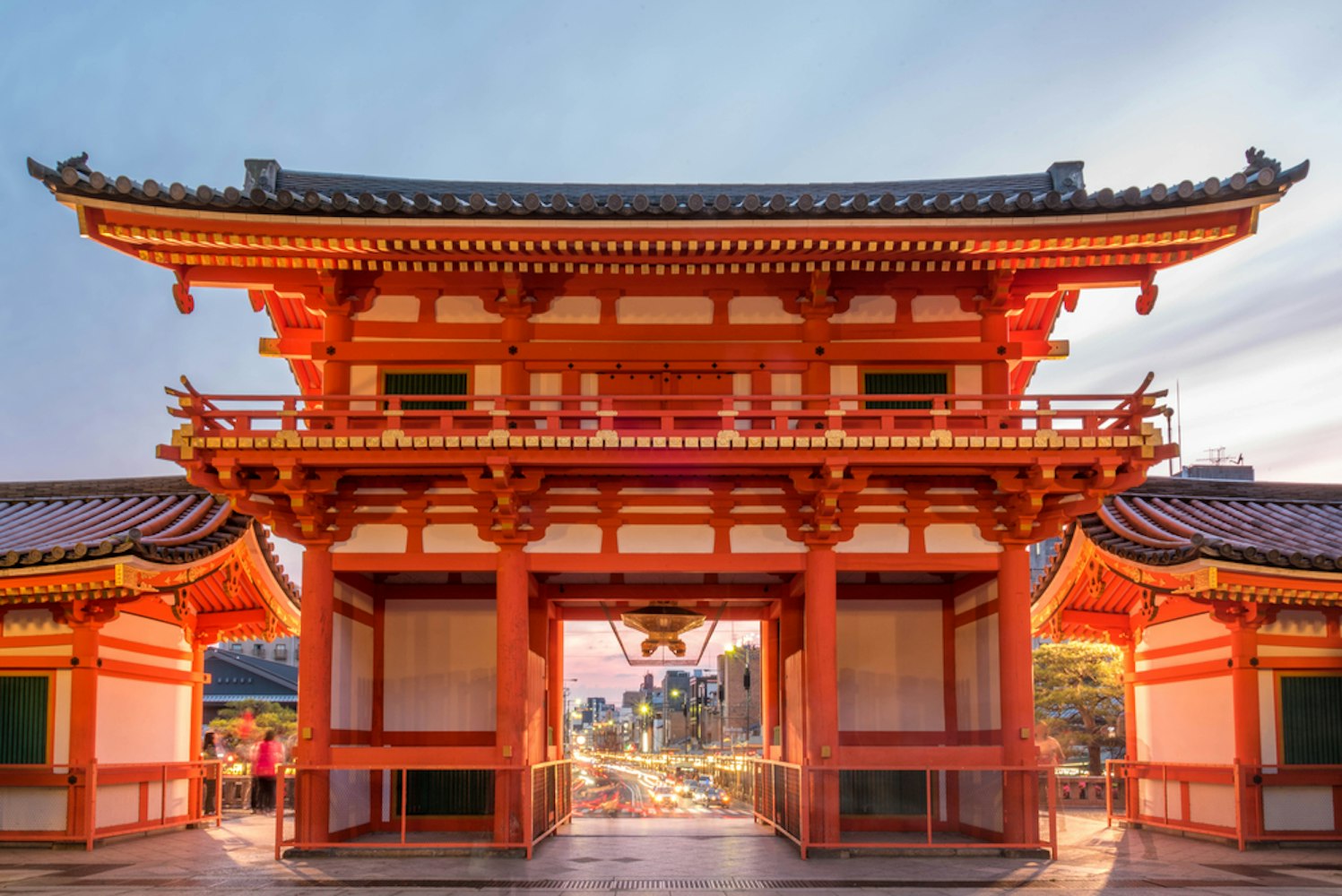
For travelers seeking the most authentic traditional experience, Kyoto is unmatched. The ancient capital's numerous temples and shrines create an intensely spiritual atmosphere during Hatsumode. Yasaka Shrine's Okera Mairi ceremony on New Year's Eve, where worshippers light sacred ropes from a ceremonial fire, represents one of Japan's most photogenic New Year traditions.
Kyoto's preserved historical districts take on special beauty when decorated with kadomatsu (bamboo and pine decorations) and shimenawa (sacred straw ropes), creating picture-perfect scenes that embody Japanese aesthetics.
Japan's winter weather during New Year's varies dramatically by region. Tokyo and other Pacific coast cities experience cold but generally dry conditions with temperatures around 5-10°C (41-50°F). Kyoto can be slightly colder with occasional snow. However, northern regions like Hokkaido and the Japan Alps receive heavy snowfall, creating winter wonderlands perfect for skiing and hot spring bathing.
Pack warm layers, including a quality winter coat, as you'll spend considerable time outdoors waiting in line at shrines or exploring winter illuminations. The combination of cold temperatures and long waits can be challenging, so dress appropriately.
Visit Japan during New Year's if you want to experience authentic Japanese culture and don't mind navigating closures and crowds. The spiritual atmosphere, traditional ceremonies, and unique seasonal experiences offer insights into Japanese society that aren't available at other times.
However, consider visiting at a different time if you prioritize convenience, prefer fewer crowds, or want maximum flexibility in dining and sightseeing. The shoulder seasons of March-May and September-November offer pleasant weather, open businesses, and many of the same attractions without the New Year complications.
